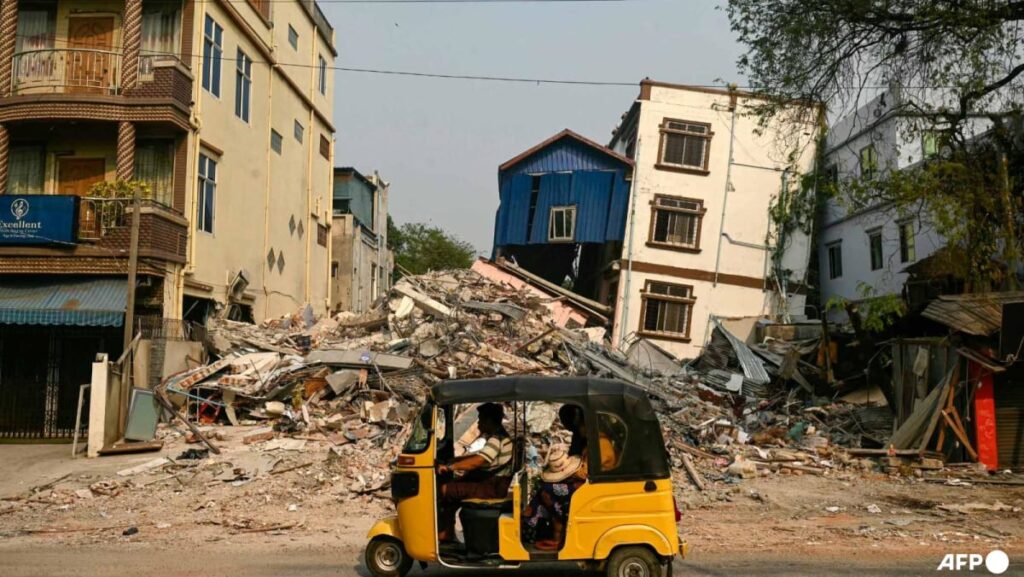BANGKOK: Extreme heat and heavy rain in Myanmar could cause disease outbreaks among earthquake survivors camping in the open, global aid bodies warned on Thursday (Apr 3), complicating rescue efforts made difficult by a civil war, as the death toll surpassed 3,000.
Last Friday’s 7.7-magnitude quake, one of Myanmar’s strongest in a century, jolted a region home to 28 million, toppling buildings such as hospitals, flattening communities and leaving many without food, water and shelter.
Deaths rose to 3,085 on Thursday, with 4,715 injured and 341 missing, the ruling junta said.
The World Health Organization flagged a rising risk of cholera and other diseases in the worst-affected areas, such as Mandalay, Sagaing and the capital of Naypyitaw, while it prepared US$1 million of relief supplies, including body bags.
“Cholera remains a particular concern for all of us,” said Elena Vuolo, the deputy head of its Myanmar office, pointing to an outbreak last year in Mandalay.
The risk was worsened by damage to about half of healthcare facilities in the quake-hit areas, including hospitals destroyed by the quake in Mandalay and Naypyitaw, she added.
People were camping outdoors in temperatures of 38 degree Celsius because they were too scared to go home, and many hospitals were also setting up temporary facilities there, Vuolo told Reuters from Naypyitaw.
Skin disease, malaria and dengue were among the diseases that could result from prolonged crises, such as in Myanmar, she said.
But conditions could get even tougher for the huge relief effort after weather officials warned unseasonal rain from Sunday to Apr 11 could threaten the areas hardest-hit by the quake, such as Mandalay, Sagaing and the capital Naypyidaw.
Read the full article here

